Introduction
The degradation of marine resources in the Pacific region is an acute issue that should be addressed. There are various reasons for this problem; this report aims to discuss four of them in detail. The paper reflects on the effects of degradation, analyses its causes, and provides possible solutions for presented issues. In addition, the report features illustrations as a graphic representation of the problem and its background.
Degradation of Marine Resources
The first way in which marine resources of the Pacific region have degraded is that their diversity has decreased. According to Thaman (2002), many ecosystems of the area have reduced in size; marine plants and animal are becoming endangered, rare or depleted. Chape (2006) reports that although the region has the healthiest reefs, global trends have a significant impact on its marine resources. There are several reasons for it; first, all Pacific islands have limited land resources, which results in some countries reclaiming shorelines (Chape 2006). It affects reefs, seagrass beds, and mangroves significantly. Second, geographical isolation of the area leads to a decreased biodiversity too. It results in the evolution of endemic species, flora, and fauna, which makes them vulnerable to degradation (Chape 2006).
Finally, various abiotic and biotic factors lead to a decreased diversity of marine resources. For example, as illustrated in Figure 1, small island size, high population density, and nutrient-rich soils are among the reasons for the problem.
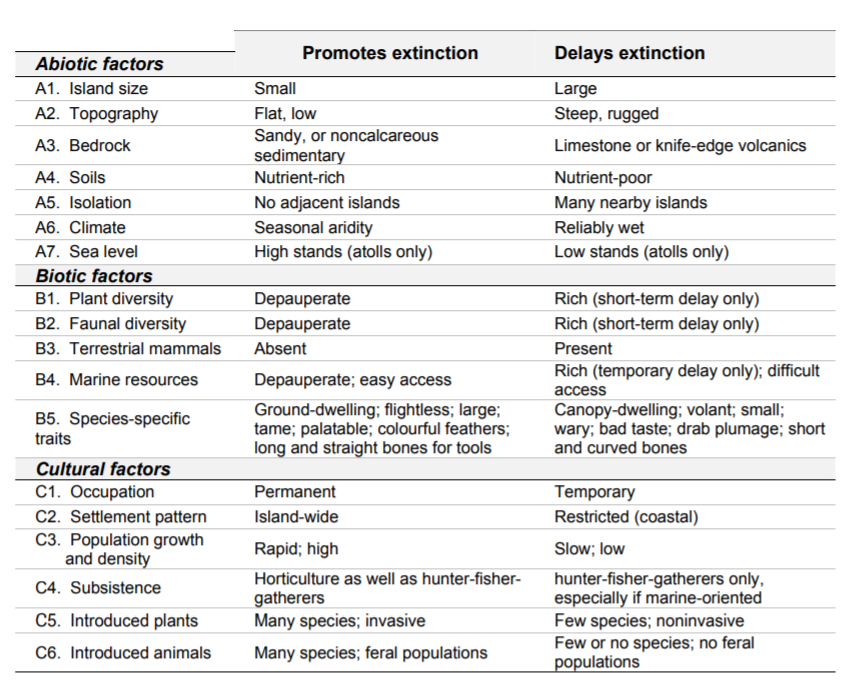
The second issue related to the degradation of marine resources in the Pacific region is the unsustainable use of marine resources, including destructive fishing, which leads to changes in the number and health of species. Thaman (2002) notes that humans started to use more efficient fishing technologies, such as improved spear guns and nets, motorised boats, methods of night and scuba fishing, as well as enhanced preservation and refrigeration methods.
Figures 2 and 3 illustrate several types of destructive fishing. It is necessary to mention that marine resources that were formerly used only by local populations are now utilised for export. This problem leads to a significant threat for both some of the species and the environments in which they live (Thaman 2002). For example, the decline in the number of predators due to fishing may have an adverse impact on marine food chains and, as a result, affect other species and can lead to their extinction.
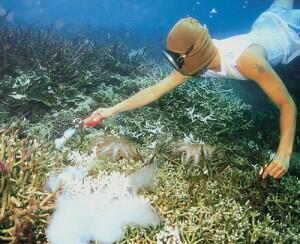
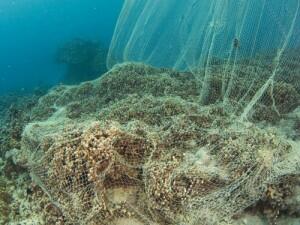
The third issue that should be addressed in relation to the degradation of marine sources is pollution. According to the report by the Secretariat of the Convention on Biological Diversity (2012), marine debris has a significant negative impact on biodiversity in the region and the health of the oceans in general. Figure 4 presents how various species are impacted by entanglement in plastic ropes and packaging, as well as ingestion of their parts. The acuteness of the problem can be illustrated by the example that 34 of 34 green turtles and 14 of 35 seabirds have digested marine debris (Secretariat of the Convention on Biological Diversity 2012).
Among other negative factors, plastic has a reportedly adverse effect on aquatic species’ reproduction and impairs their development. In addition, marine debris is associated with the release of additive chemicals and is toxic (Secretariat of the Convention on Biological Diversity 2012). It means that pollution causes significant degradation of marine resources and makes oceans an unsafe environment for many species.
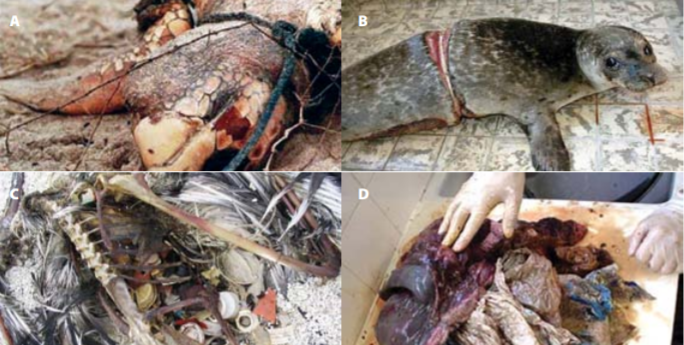
The final way in which marine resources of the Pacific region have been degraded is through transport and tourism. Govan (2017) reports that, in the past two decades, global shipping has increased significantly. Figure 5 illustrates maritime traffic in the Pacific Ocean in 2015. Enhanced transportation results in the degradation of marine habitat because of oil spills and other related hazards. Tourism has a negative impact on marine resources too because it results in a decreased environmental quality due to activities individuals typically perform, including swimming in the oceans. In addition, visitors of the Pacific region may be unaware of endangered species and cause harm by collecting or buying marine resources, such as corals, as souvenirs.
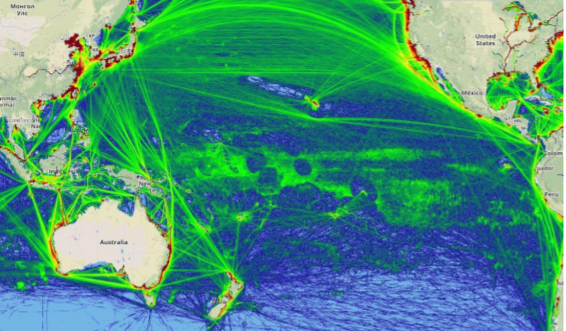
Possible Solutions
Several strategies can be used to address each of the presented issues and minimize the degradation of marine resources. The four primary methods that can be suggested are enhanced public education, governmental policies, the implementation of local initiatives, and changes in individuals’ lifestyle. All of these strategies can be applied to address each of the discussed issues. To prevent a decrease in biodiversity of species, it is necessary for governments to consider marine habitat while reclaiming territories. Countries should be aware that once they acquire a new area, they are responsible for the preservation of their marine resources.
In addition, it is vital to develop national and regional protocols that address the problem of isolation of species (Thaman 2002). International agencies and local communities should cooperate in developing action plans aimed to control the issue. A comprehensive public education program can be established as well to increase the public awareness of the threats posed by a decreased diversity; individuals should educate themselves on the issues related to marine habitat too.
To prevent the unsustainable use of marine sources, it is vital to develop regional, national, and community-based programs and initiatives. For example, local governments can establish bans on the exploration of some species, commercial fishing, and limits on the total catch or size restrictions (Thaman 2002).
Local organisations and communities can develop programs designed to manage and monitor fisheries. Individuals can take action by enhancing their knowledge about extensive and destructive fishing and participating in campaigns that aim to improve public awareness of the issue. It is necessary to add that local authorities should avoid selling fish for export because it is one of the causes of the problem. It is vital to prevent uncontrolled trade and promote the sustainable harvest of marine products.
Pollution can be considered one of the most significant problems that should be addressed to minimize the degradation of marine resources. Changes and policies for improvement should be implemented on all levels. First, governments should develop legislation that would prevent enterprises and ships from polluting waters. Second, it is vital to implement policies aimed to encourage the population to recycle waste and enforce fees for inappropriate disposal of rubbish. Third, local communities should enhance public awareness of the problem by providing evidence of the effect of pollution on both marine resources and people.
In addition, they can encourage individuals to collect marine litter and gather volunteers for this purpose. Finally, individuals should adjust their lifestyle to avoid contributing to the problem. For example, they can eliminate the use of plastic and utilise the materials that are not harmful to the environment.
To minimize the effects of tourism and transportation on marine resources, it is necessary for governments of all states to encourage their citizens to discover local attractions along with traveling to new destinations. Individuals should be aware of the fact that each country has underexplored areas that are worth visiting; such an approach to traveling is more cost-effective and less harmful for the environment.
To minimise their contribution to the degradation of marine resources, people should not participate in activities that can potentially pose threats to endangered species. In addition, local communities should warn tourists about marine resources of the Pacific region that should be preserved. It is vital to increase visitors’ awareness about the potential adverse effects of tourism. In addition, governments should develop policies and fees aimed to control inappropriate transportation methods associated with high levels of pollution.
Conclusion
There are many issues associated with the degradation of marine resources; they include a decrease in the diversity of species, destructive fishing, pollution, transport, and tourism. To eliminate the problem and minimize the impact of these factors, communities, governments, and individuals should implement changes in policies and their personal lives. The main solutions to the degradation of marine resources are the enhancement of public awareness of the problem, the enforcement of policies aimed to prevent harm for the environment, the establishment of local initiatives, and changes in individuals’ lifestyle and perceptions.
Bibliography
Chape, S 2006, ‘Review of environmental issues in the pacific region and the role of the pacific regional environment programme’, in Workshop and symposium on collaboration for sustainable development of the Pacific Islands: towards effective e-learning systems on environment, Okinawa, Japan, pp. 1-30.
Destructive fishing 2019. Web.
Govan, H 2017, ‘Ocean governance – our sea of islands’, in R Katafono (ed), A sustainable future for small states: Pacific 2050 (forthcoming), Commonwealth Secretariat, London, England, pp. 1-60.
Secretariat of the Convention on Biological Diversity 2012, Impacts of marine debris on biodiversity: current status and potential solutions. Web.
Thaman, R 2002, ‘Threats to Pacific Island biodiversity and biodiversity conservation in the Pacific Islands’, Development Bulletin, vol. 58, pp. 23-27.